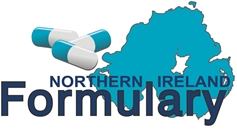General notes
- PCOS consists of a collection of symptoms, some or all of which may not require drug treatment; weight reduction is the first essential line of management for obese patients.
- Refer to NICE CKS: Polycystic ovary syndrome for details on diagnosis, management and when to refer.
